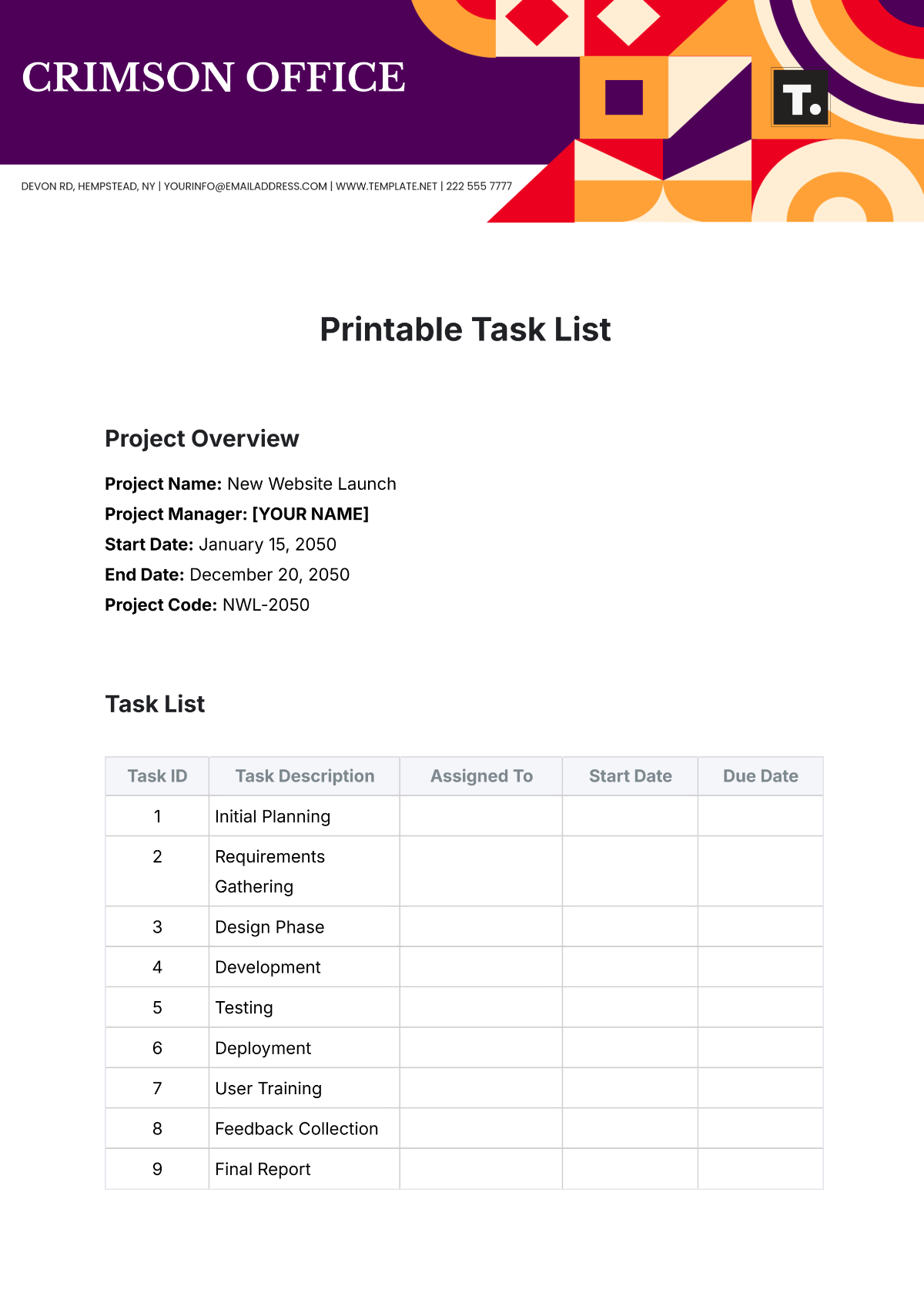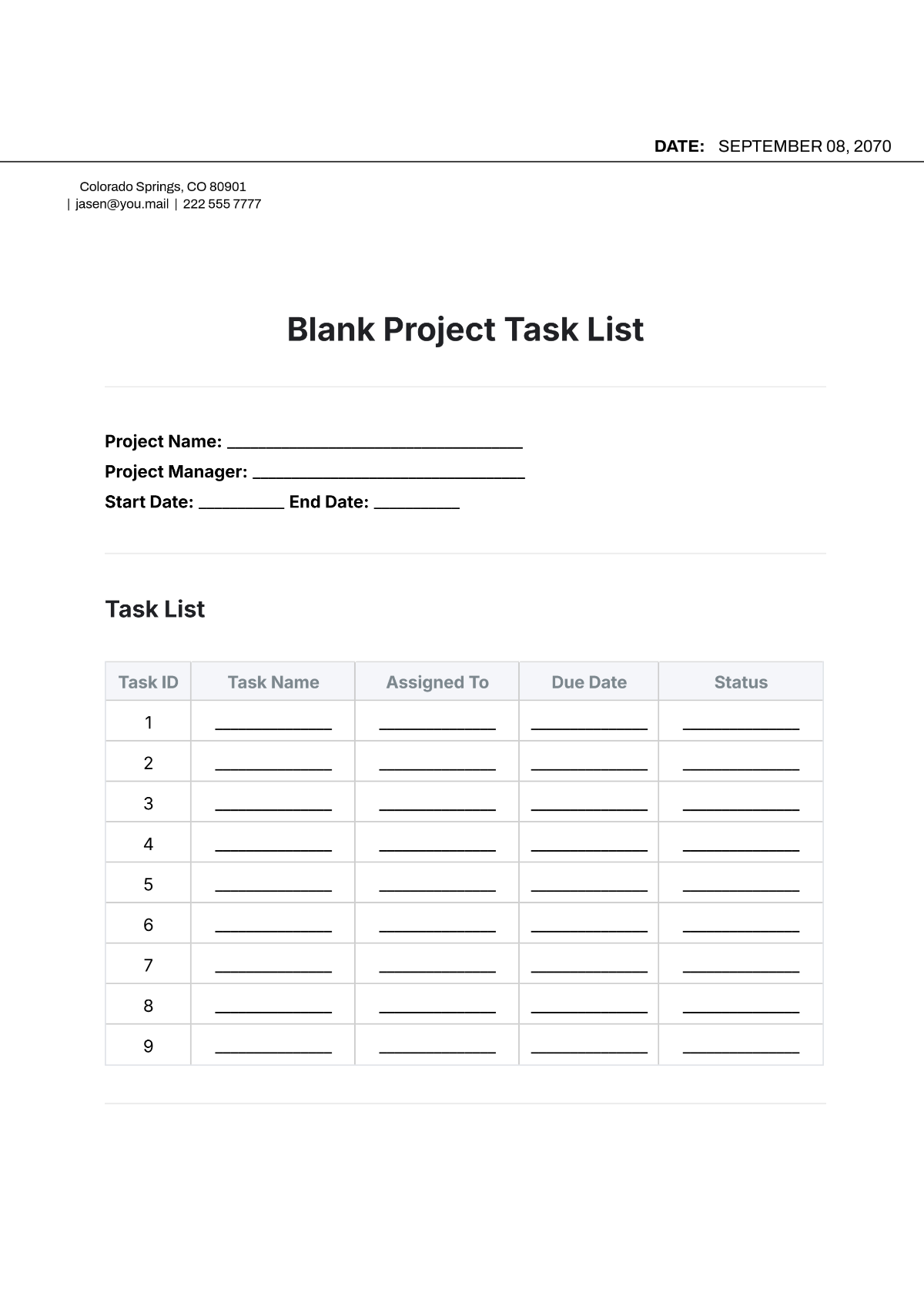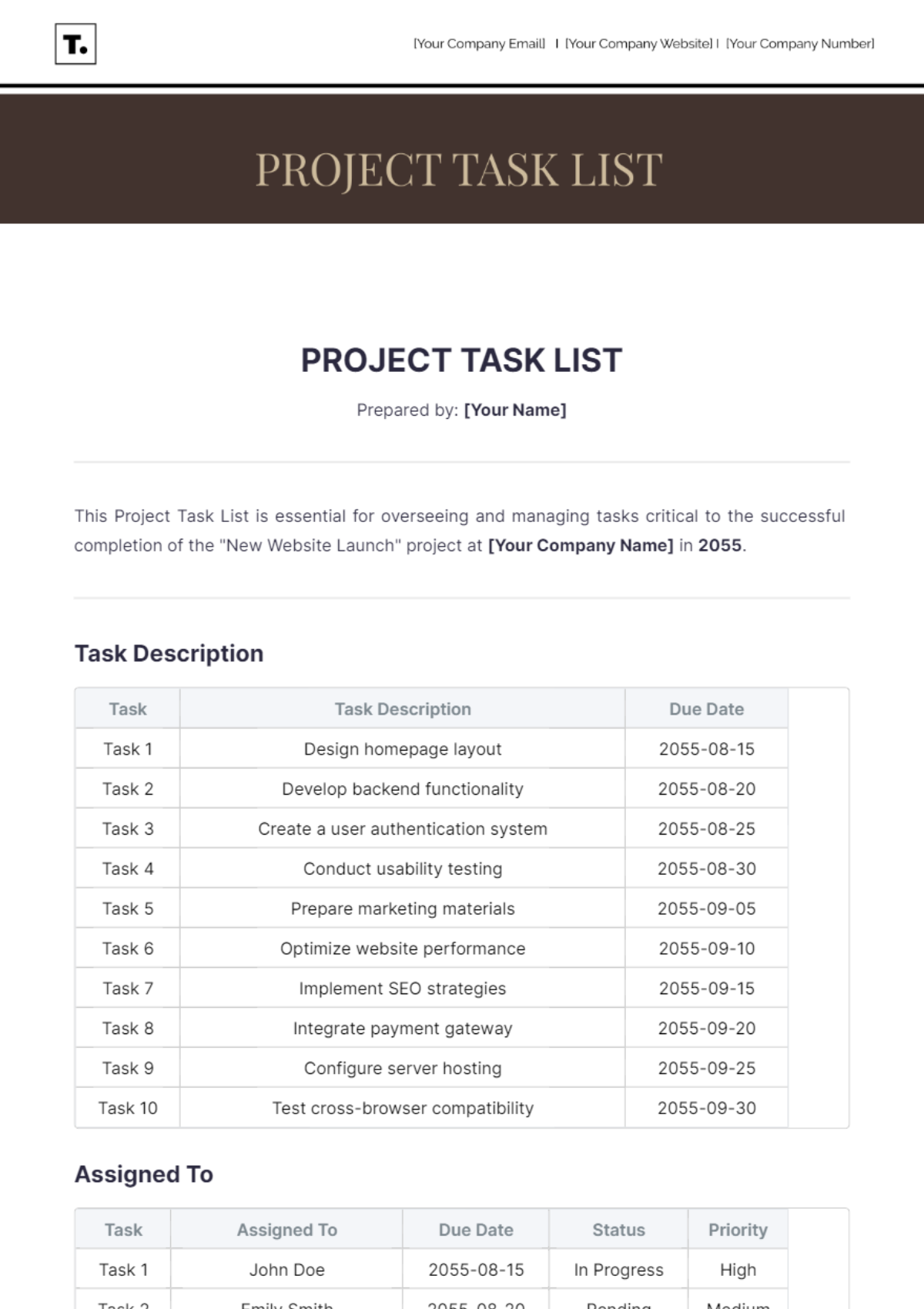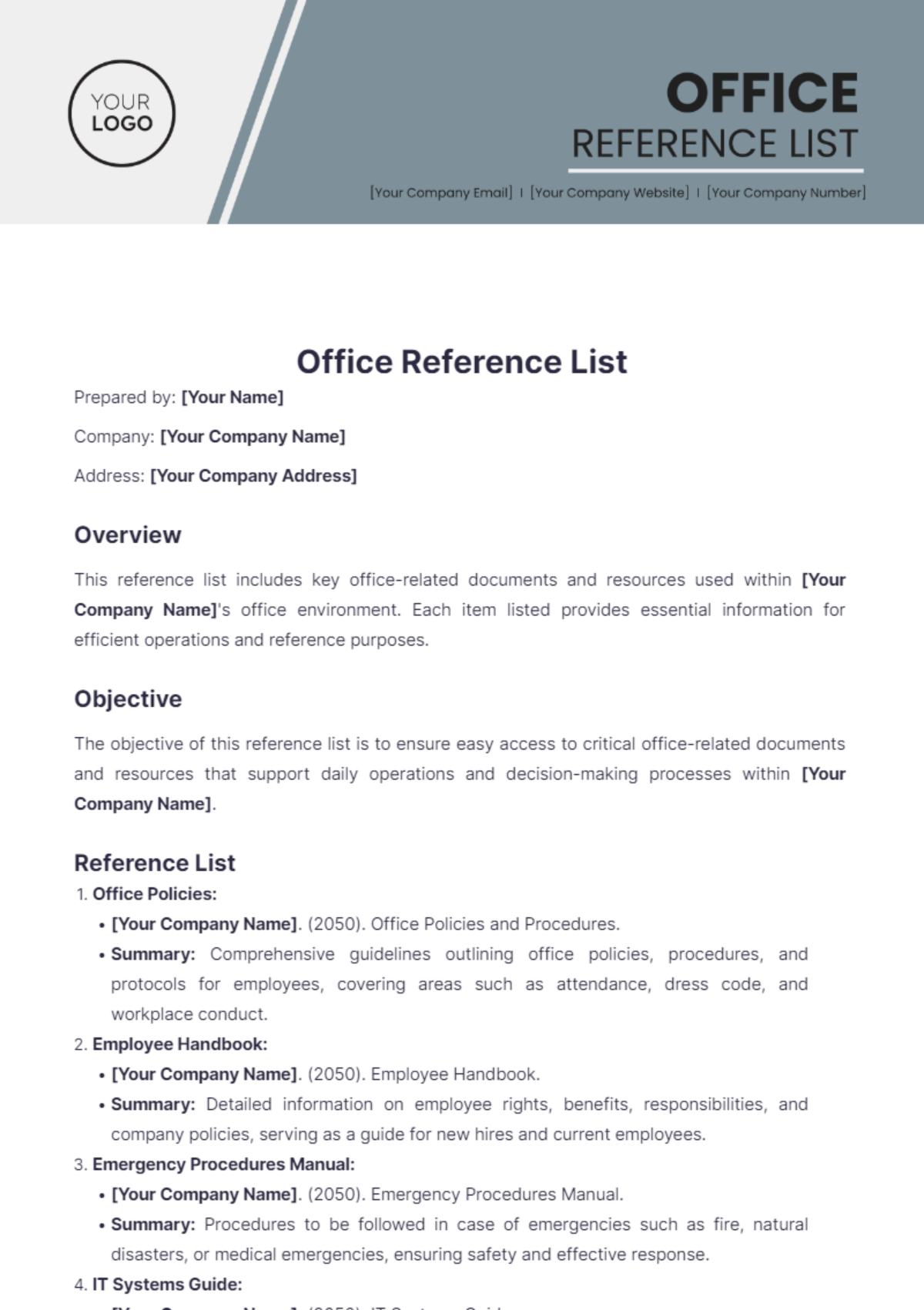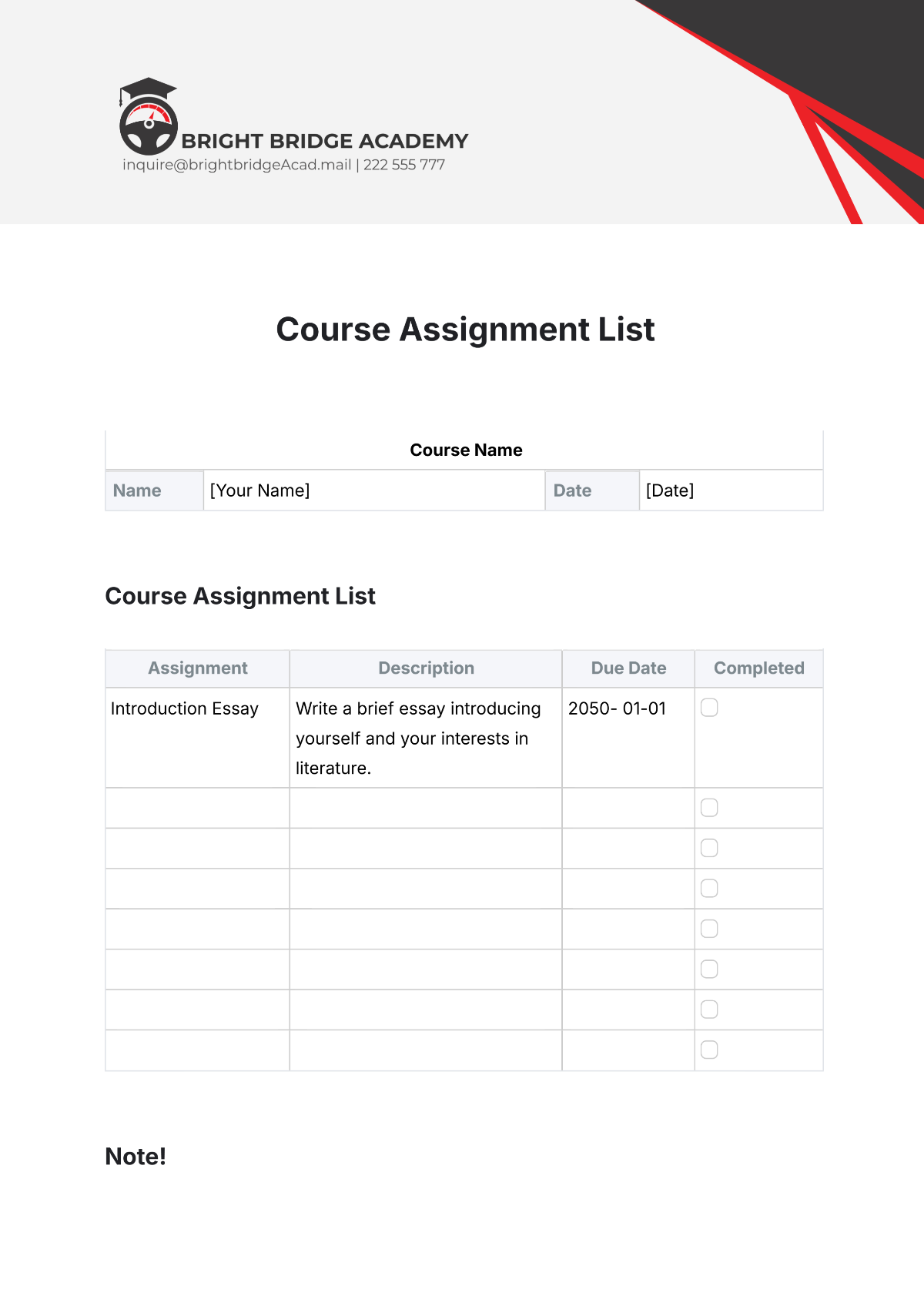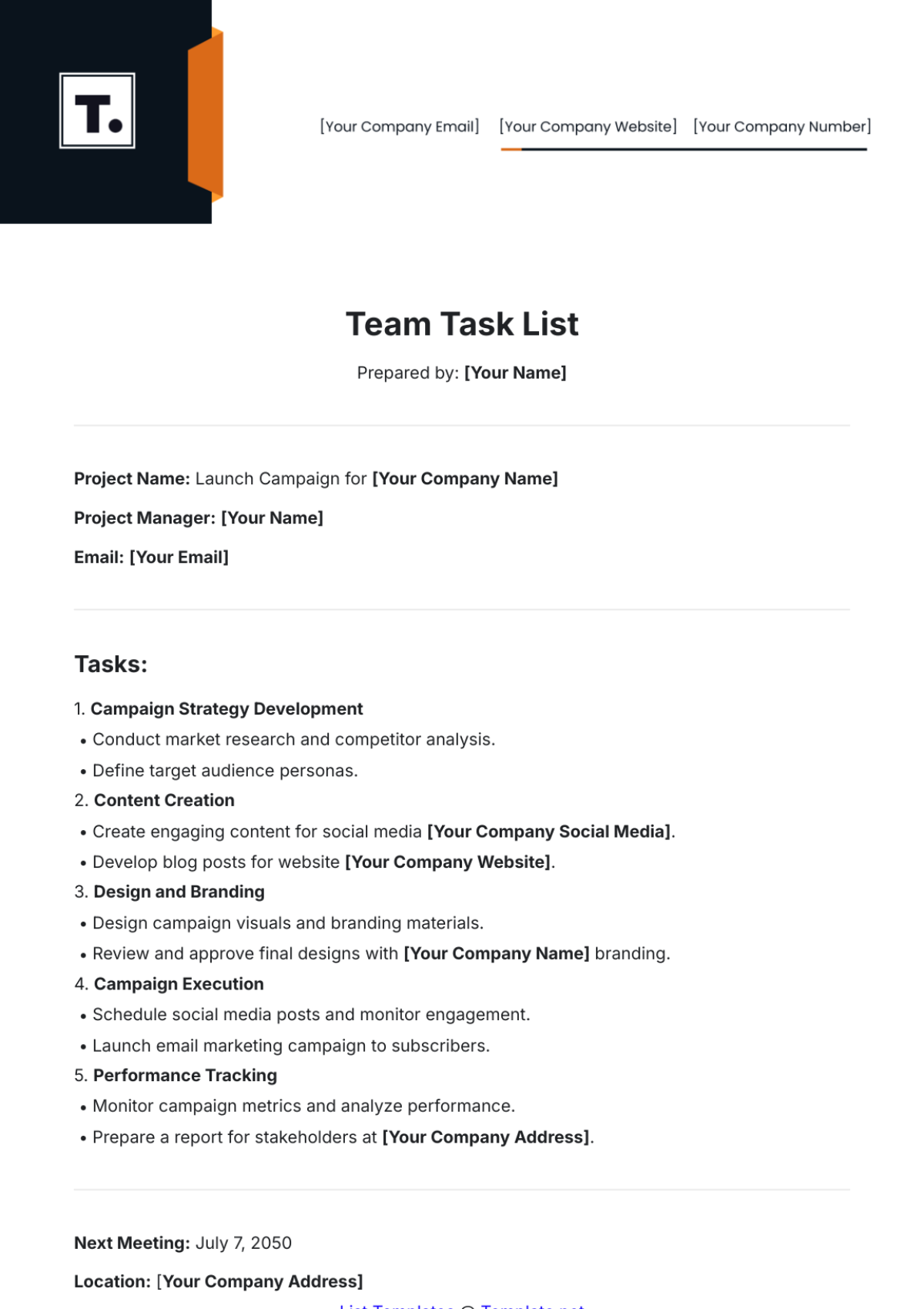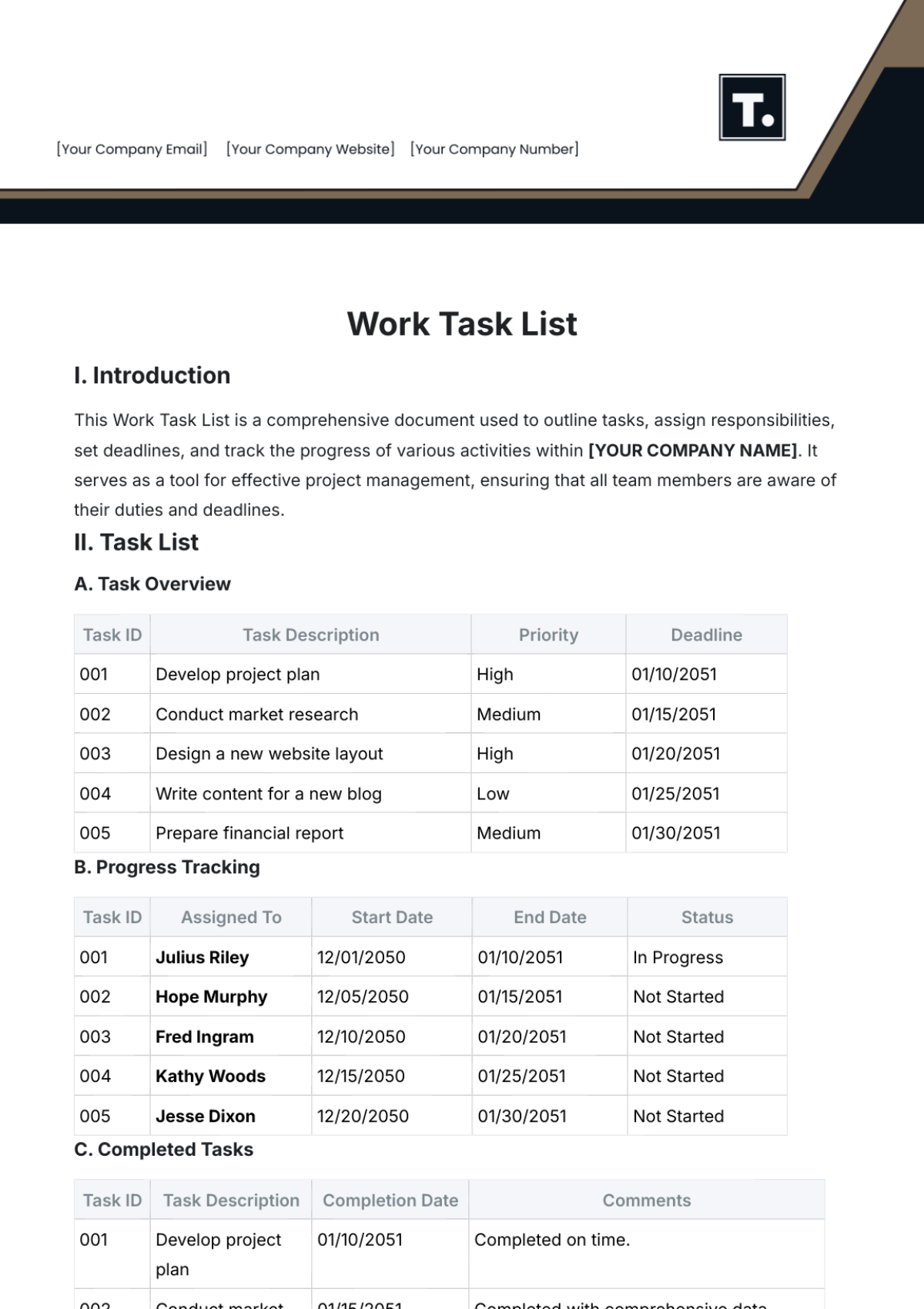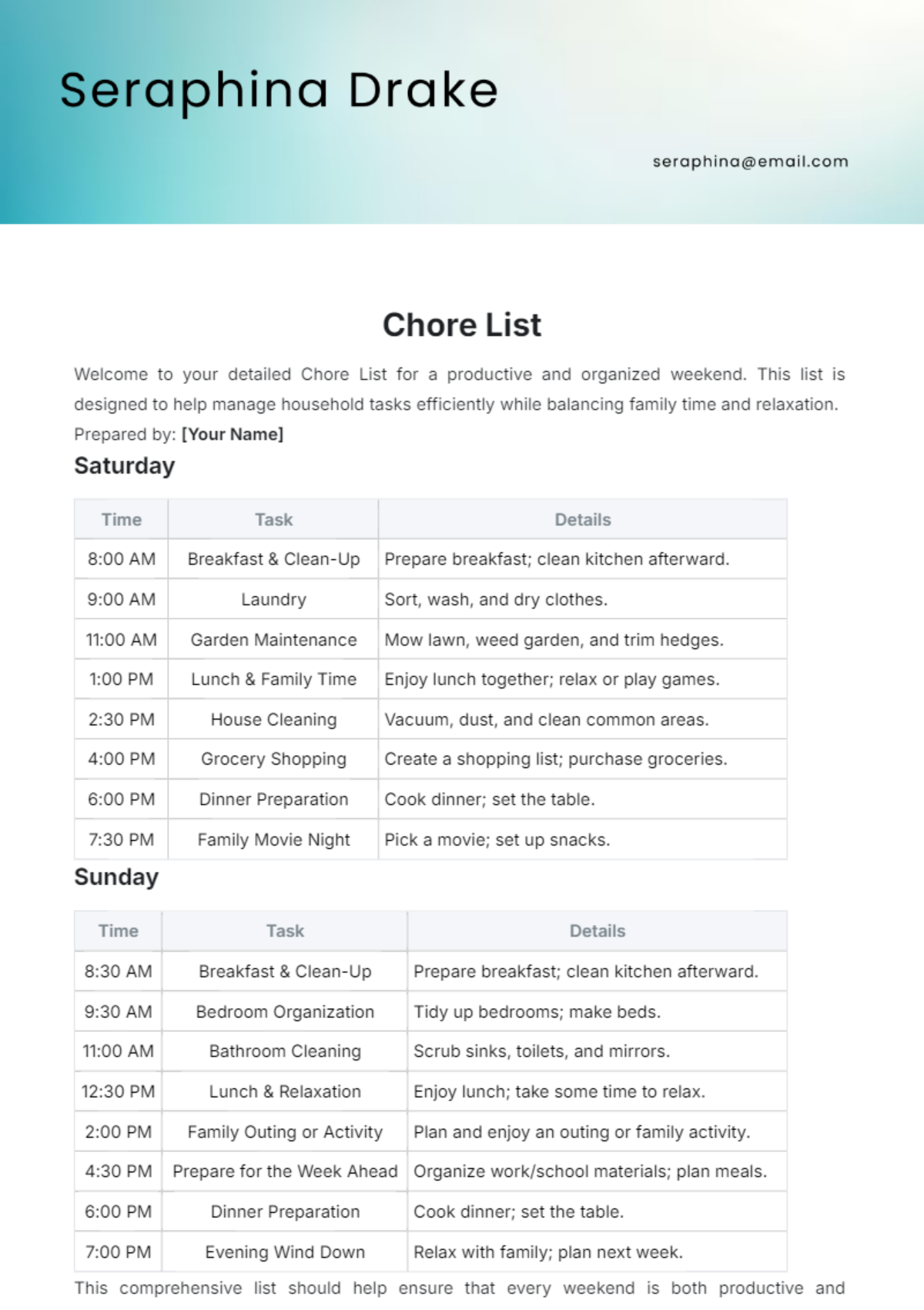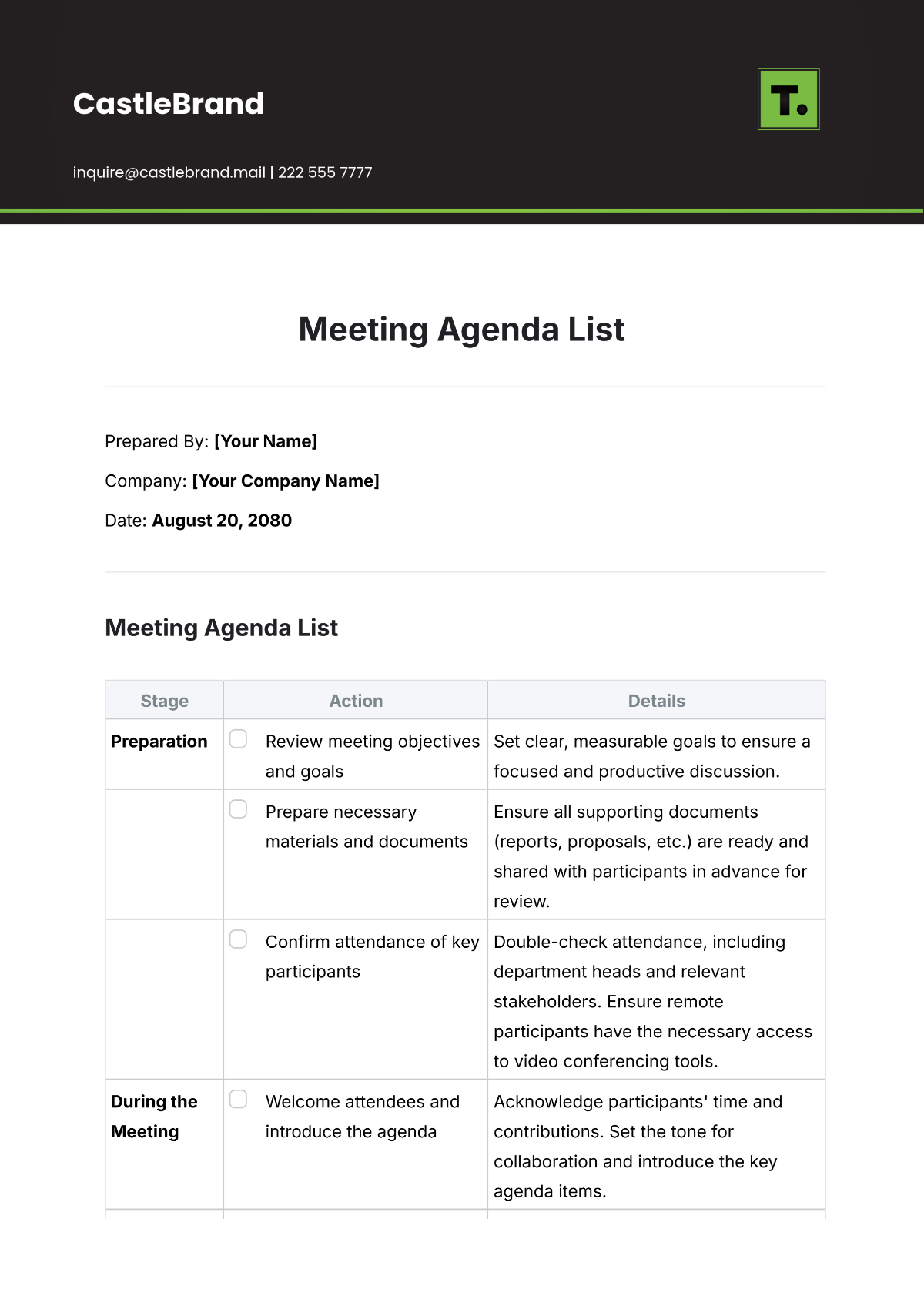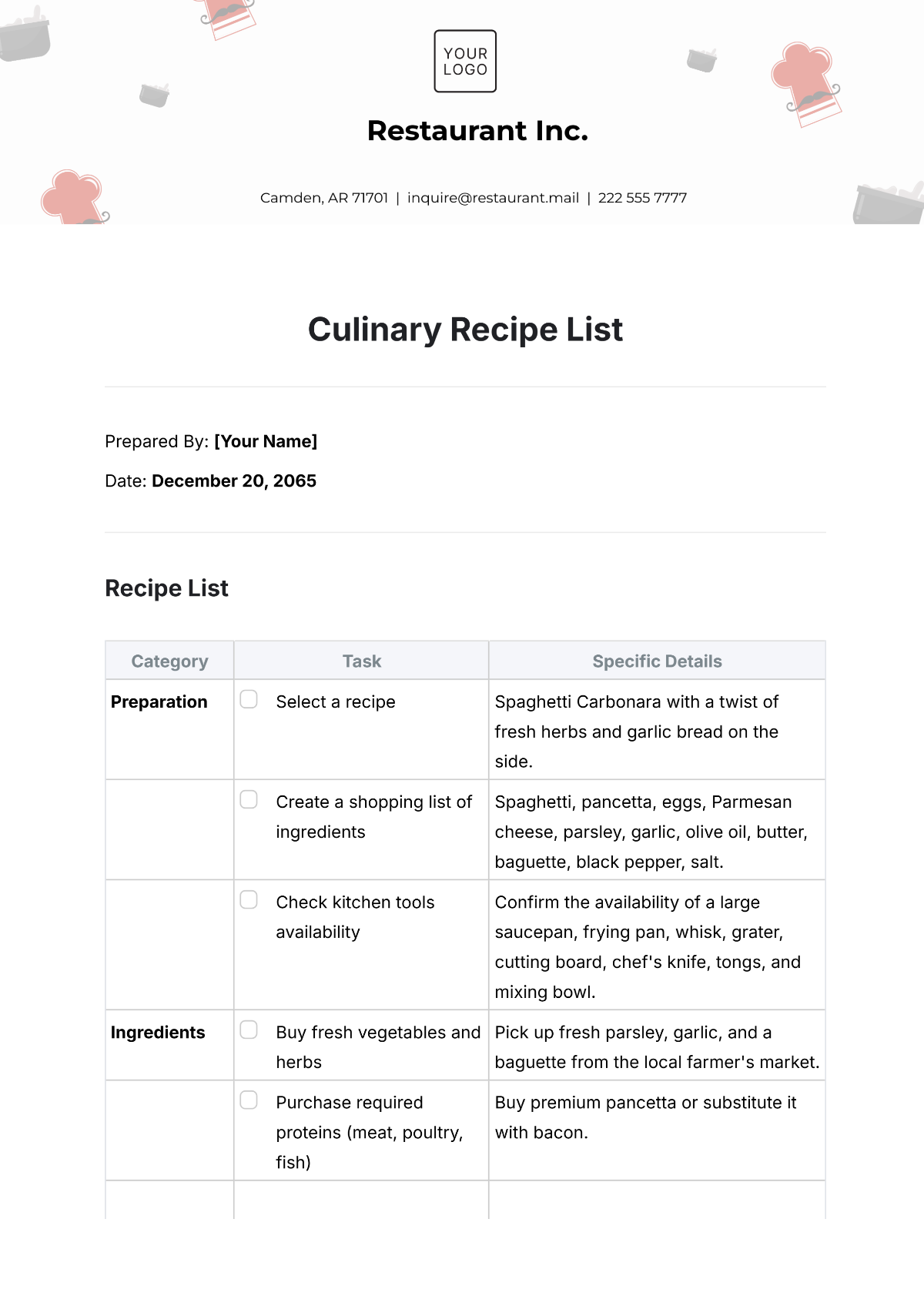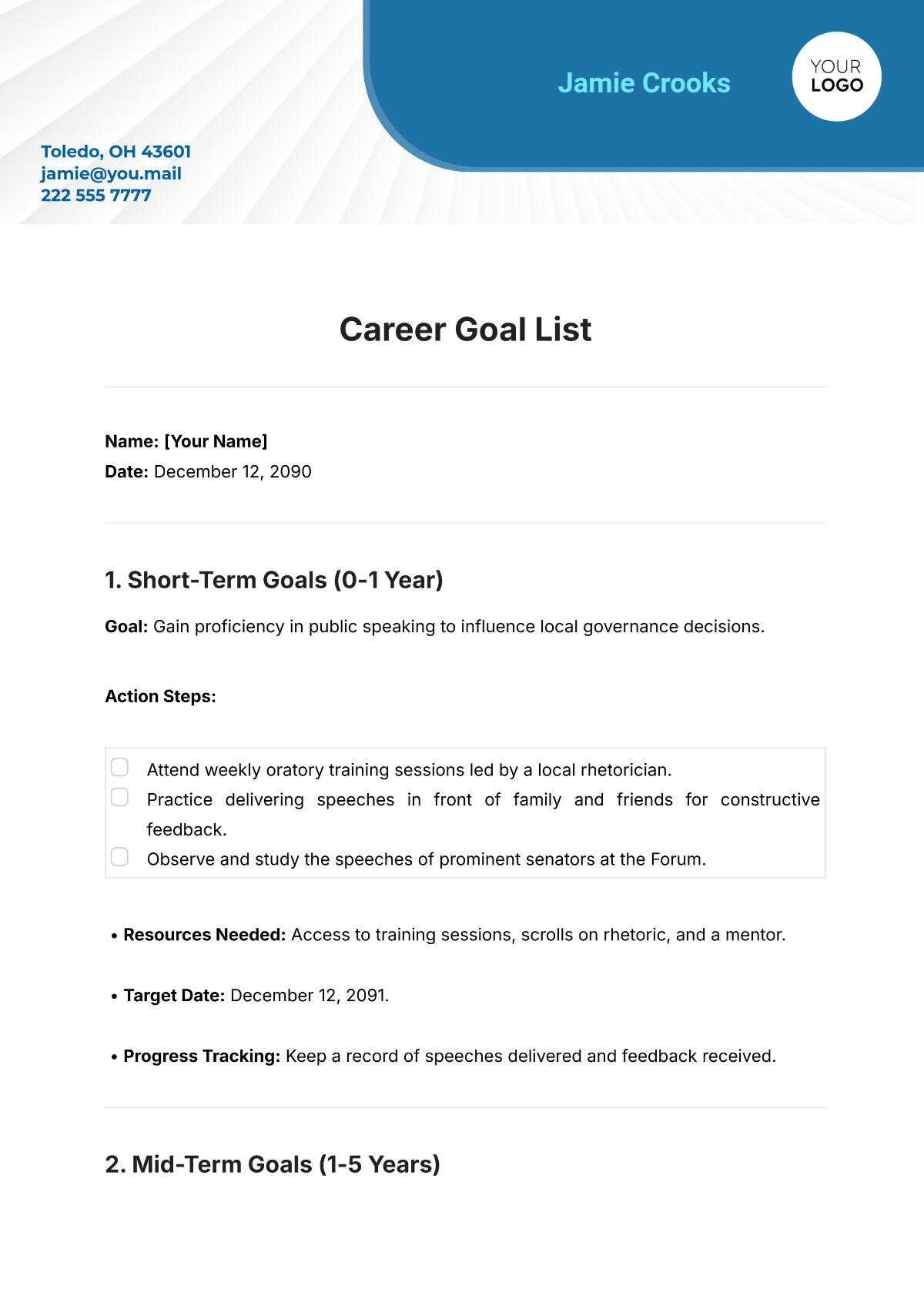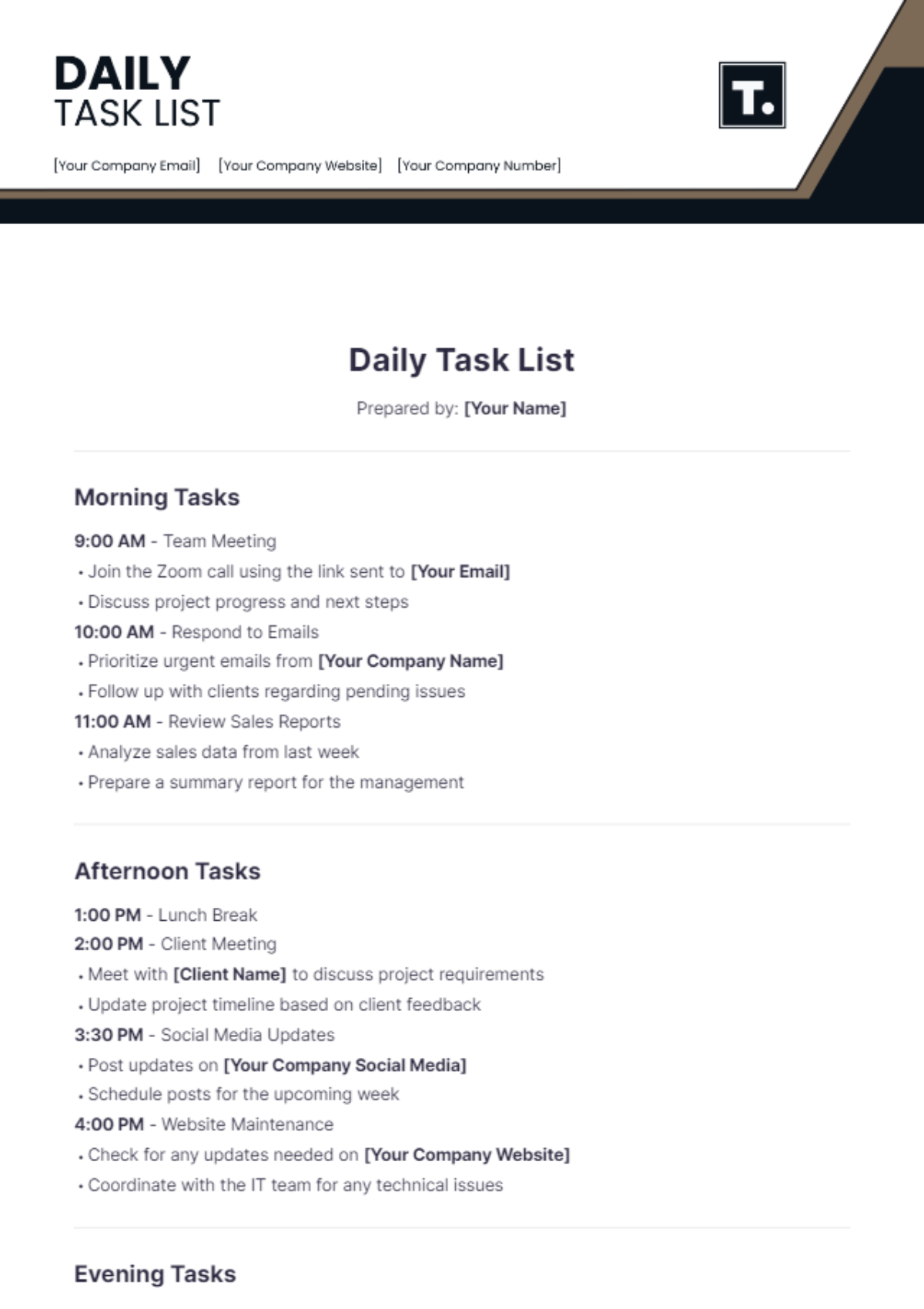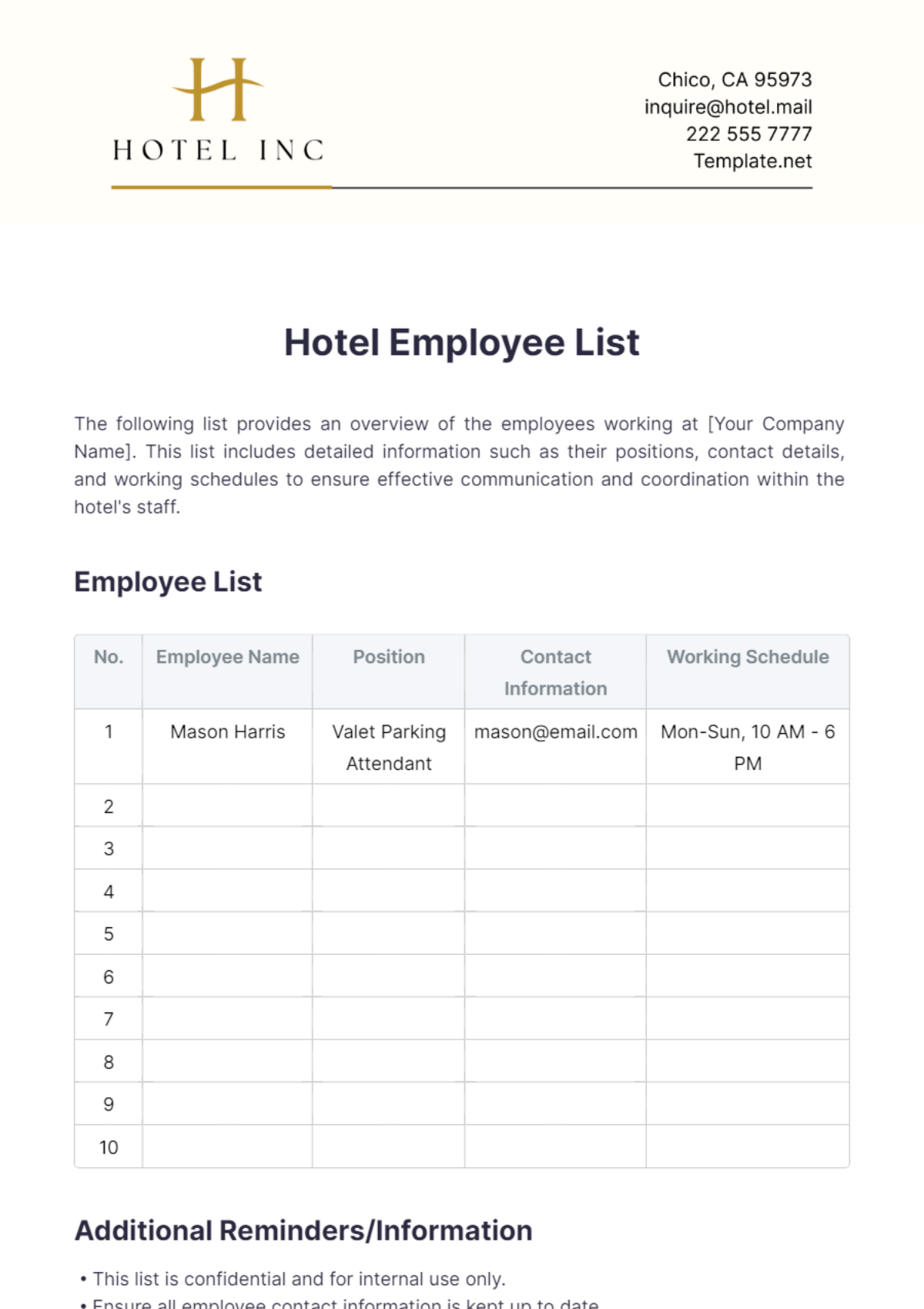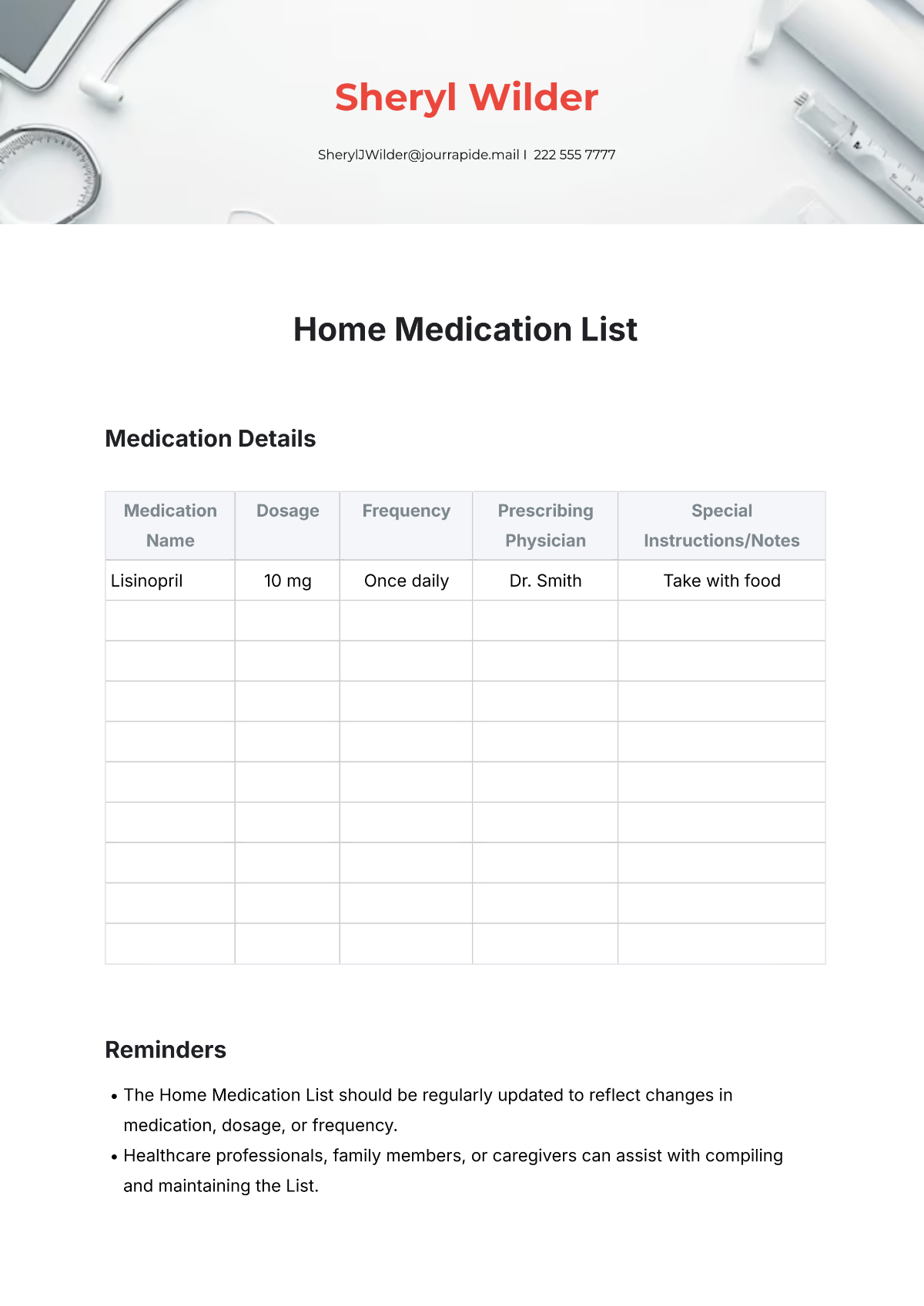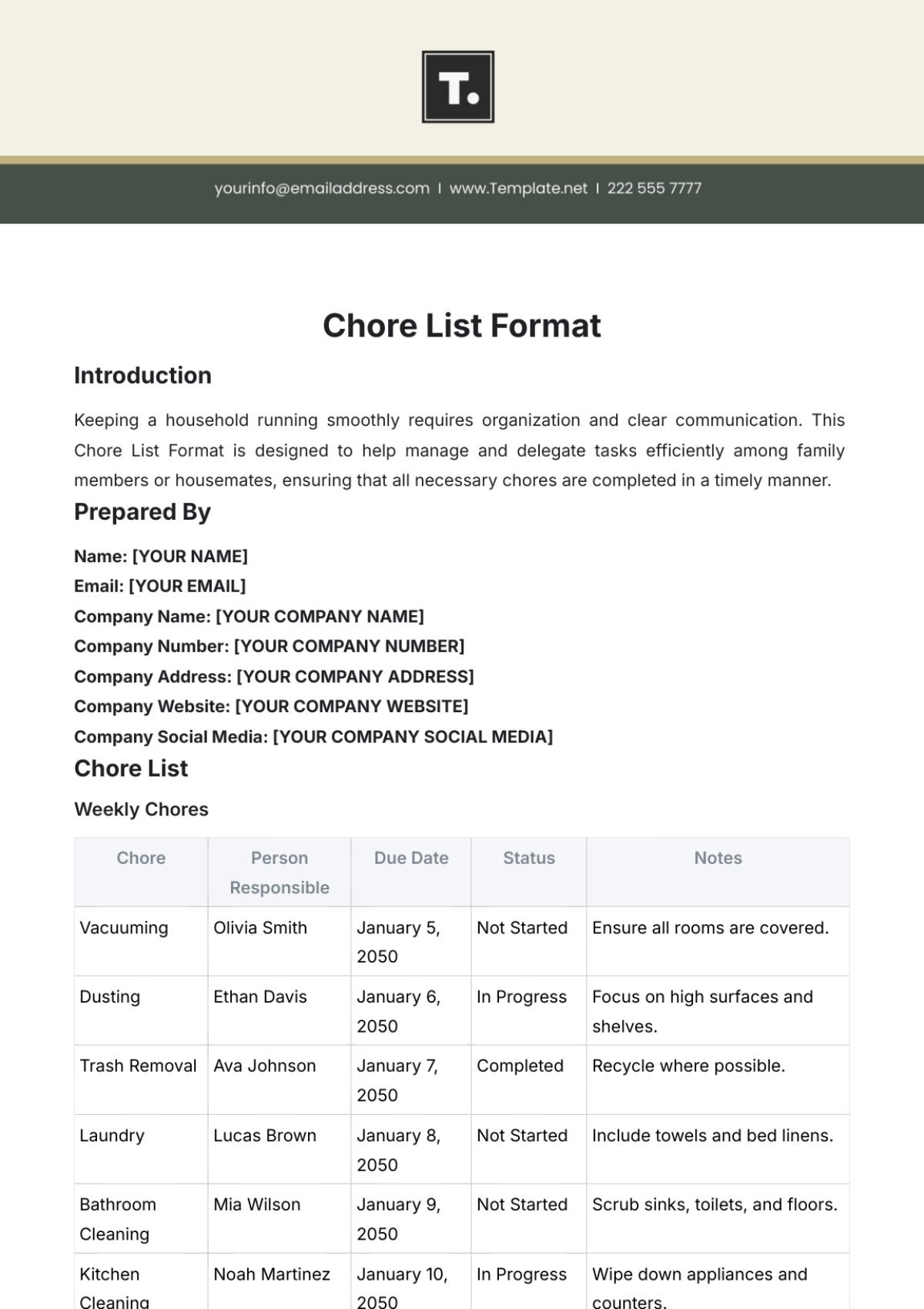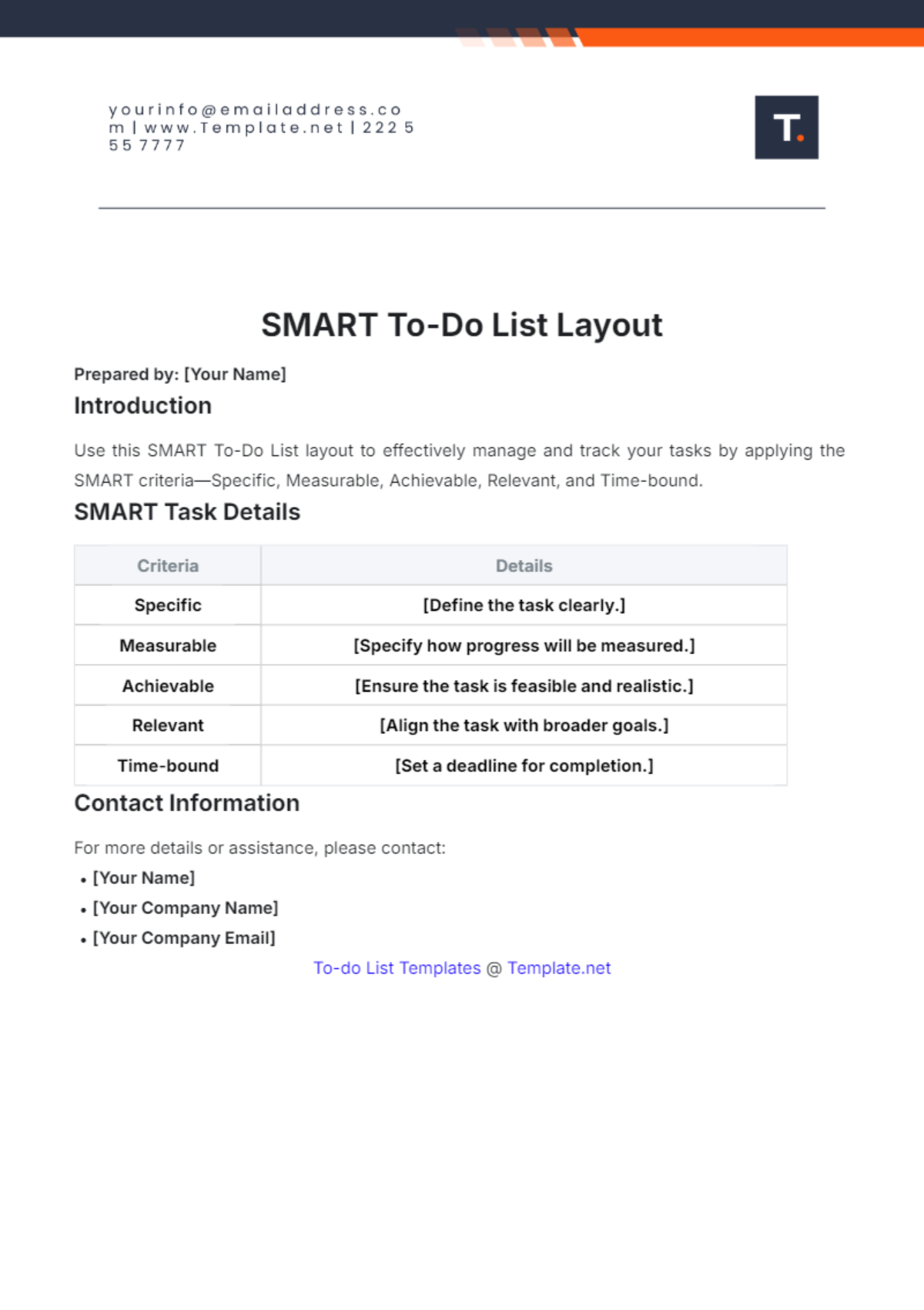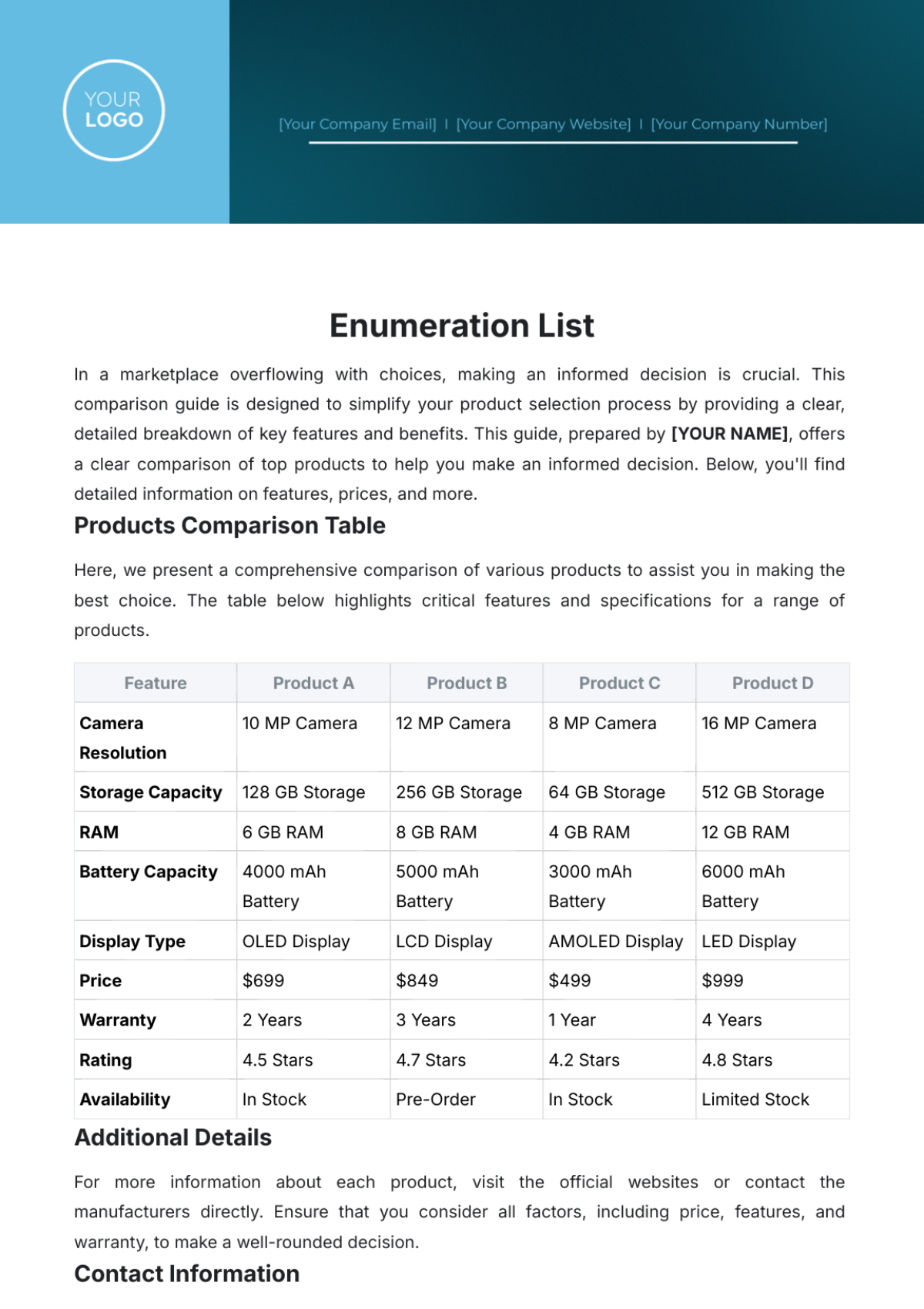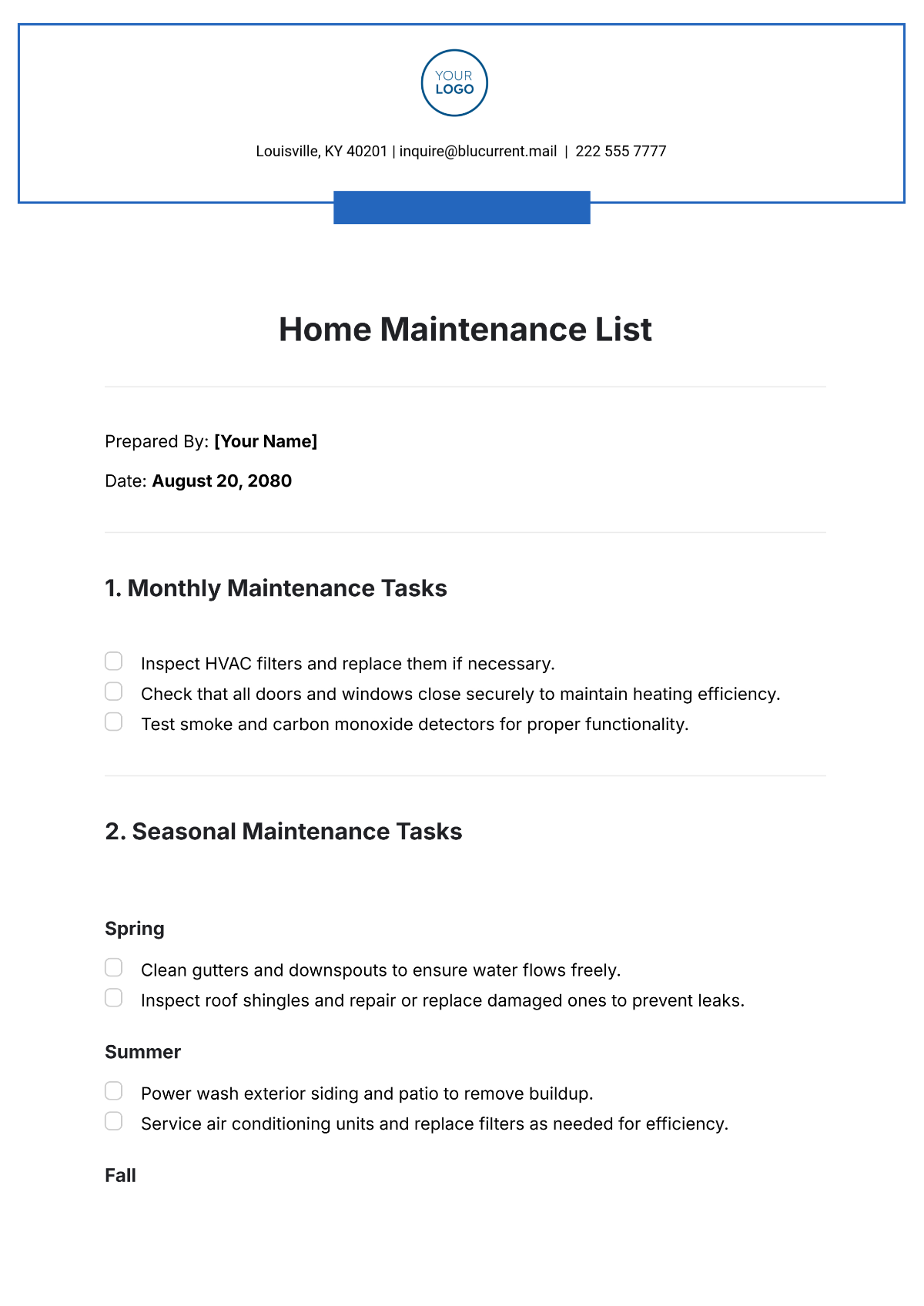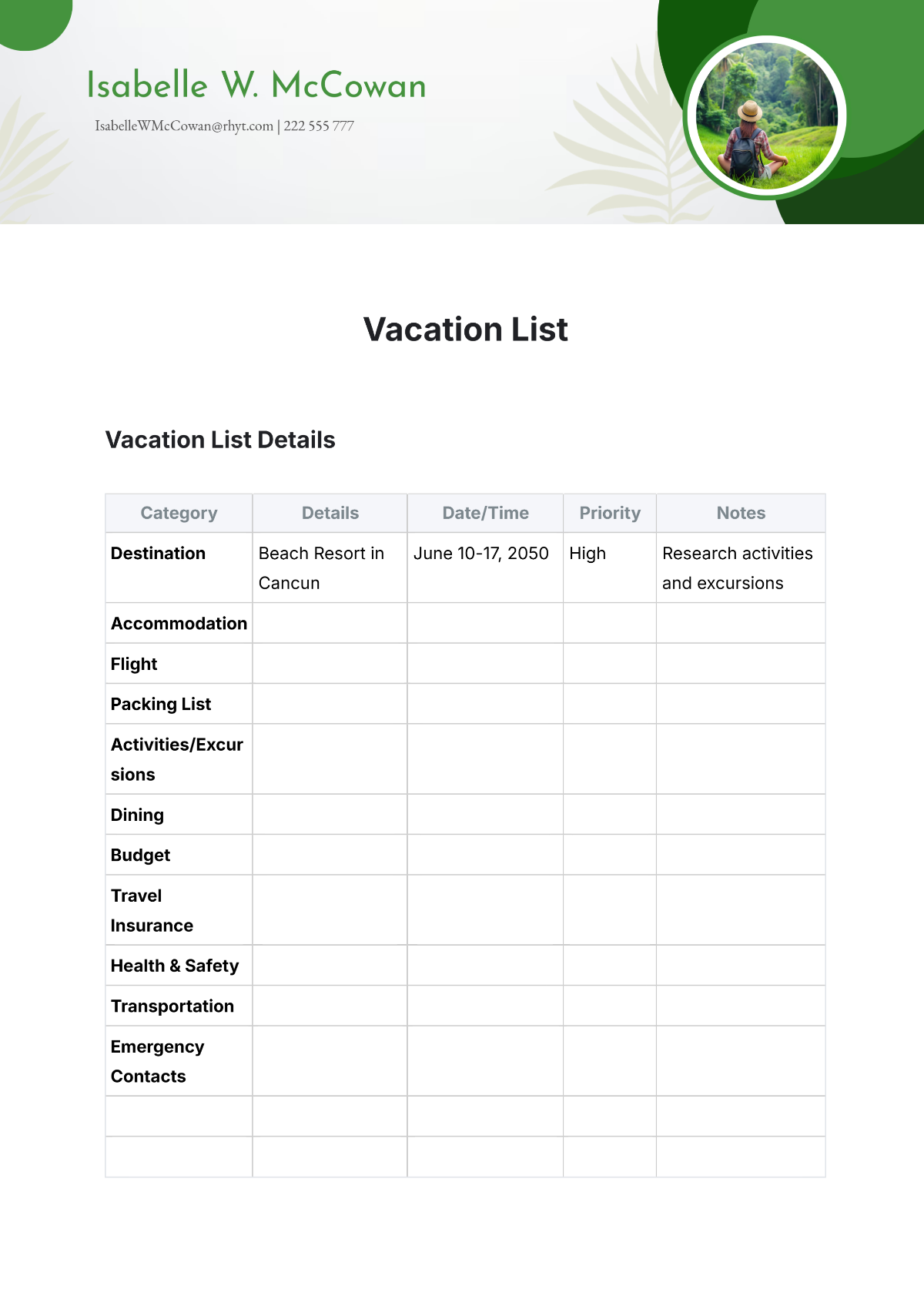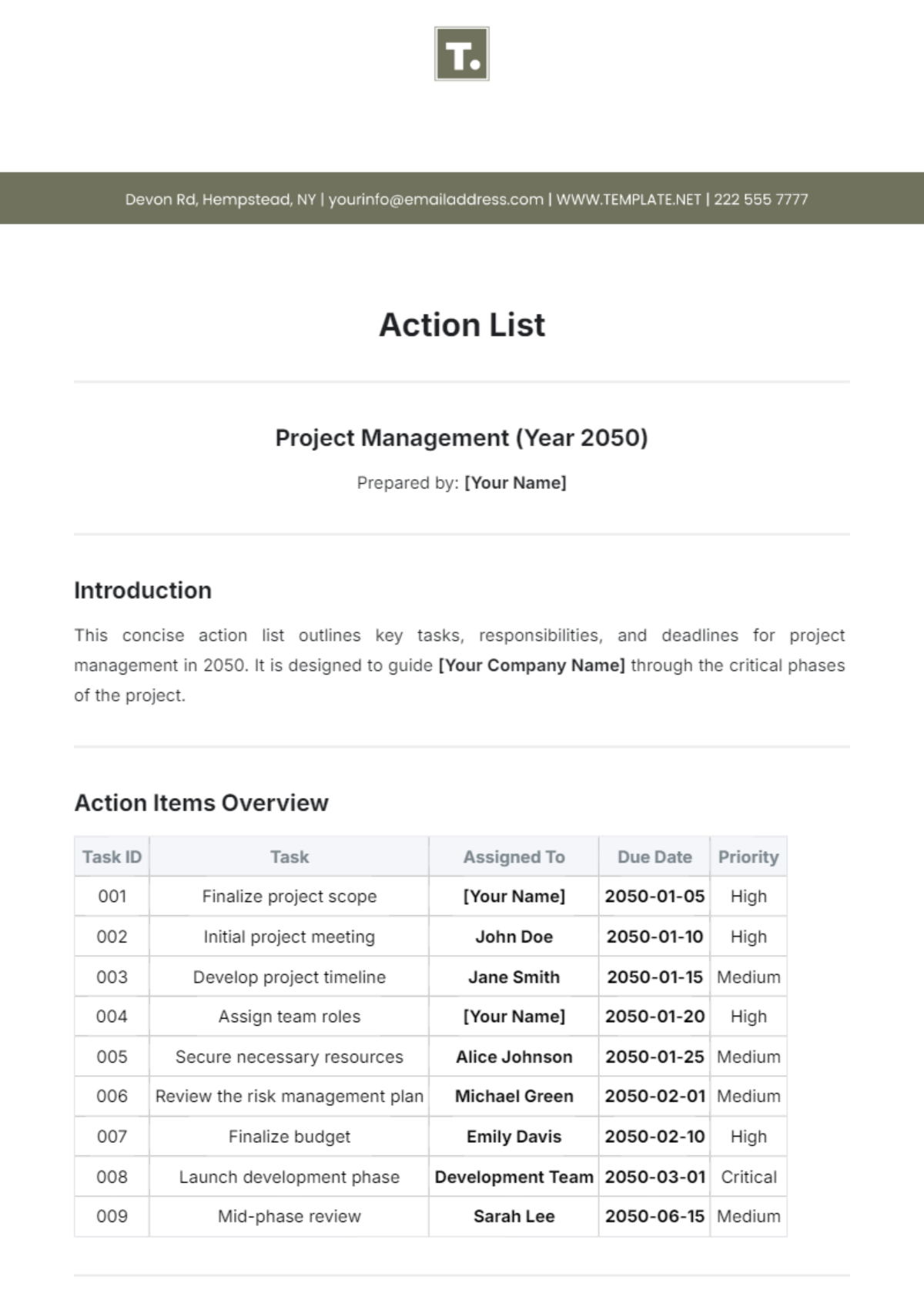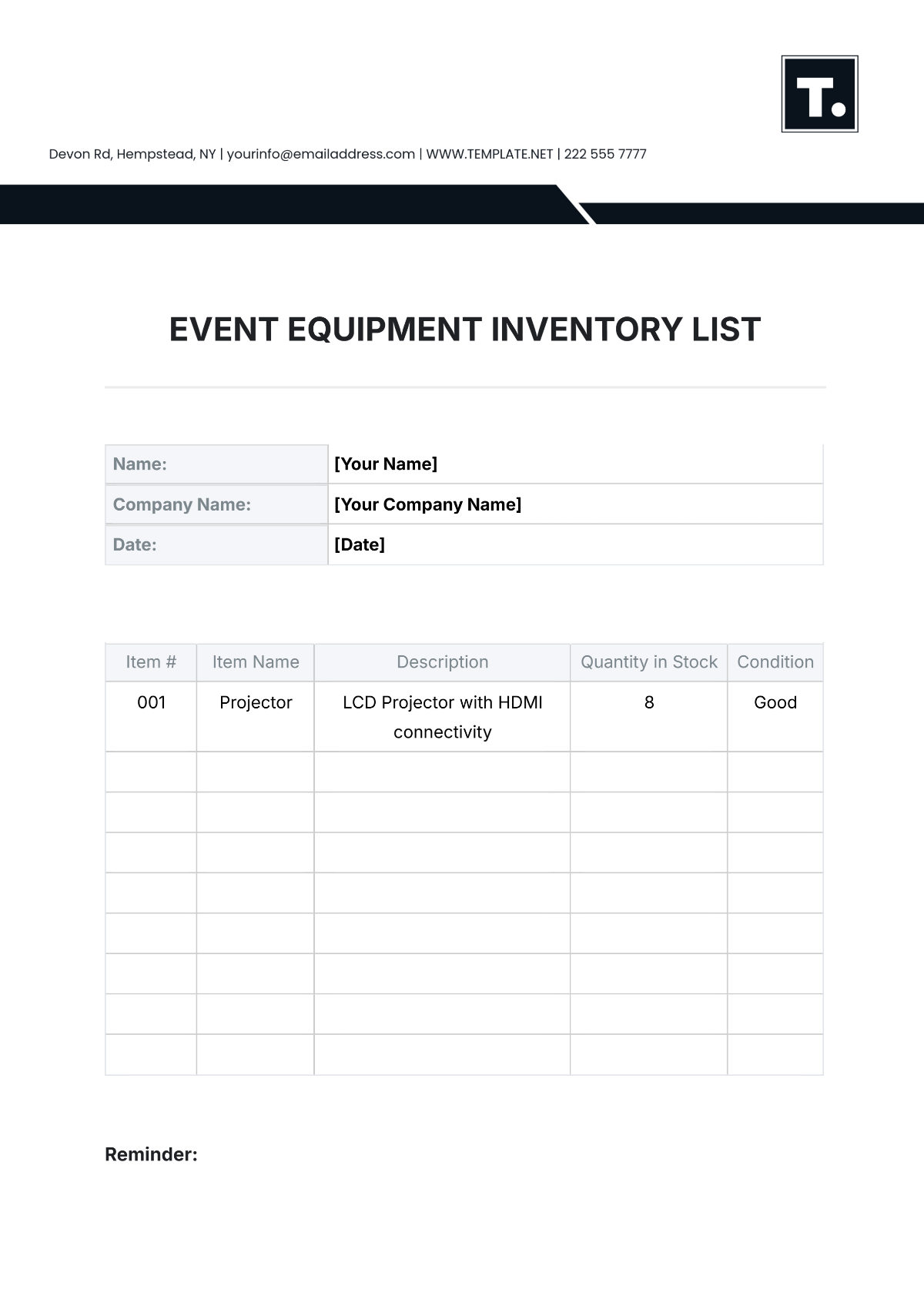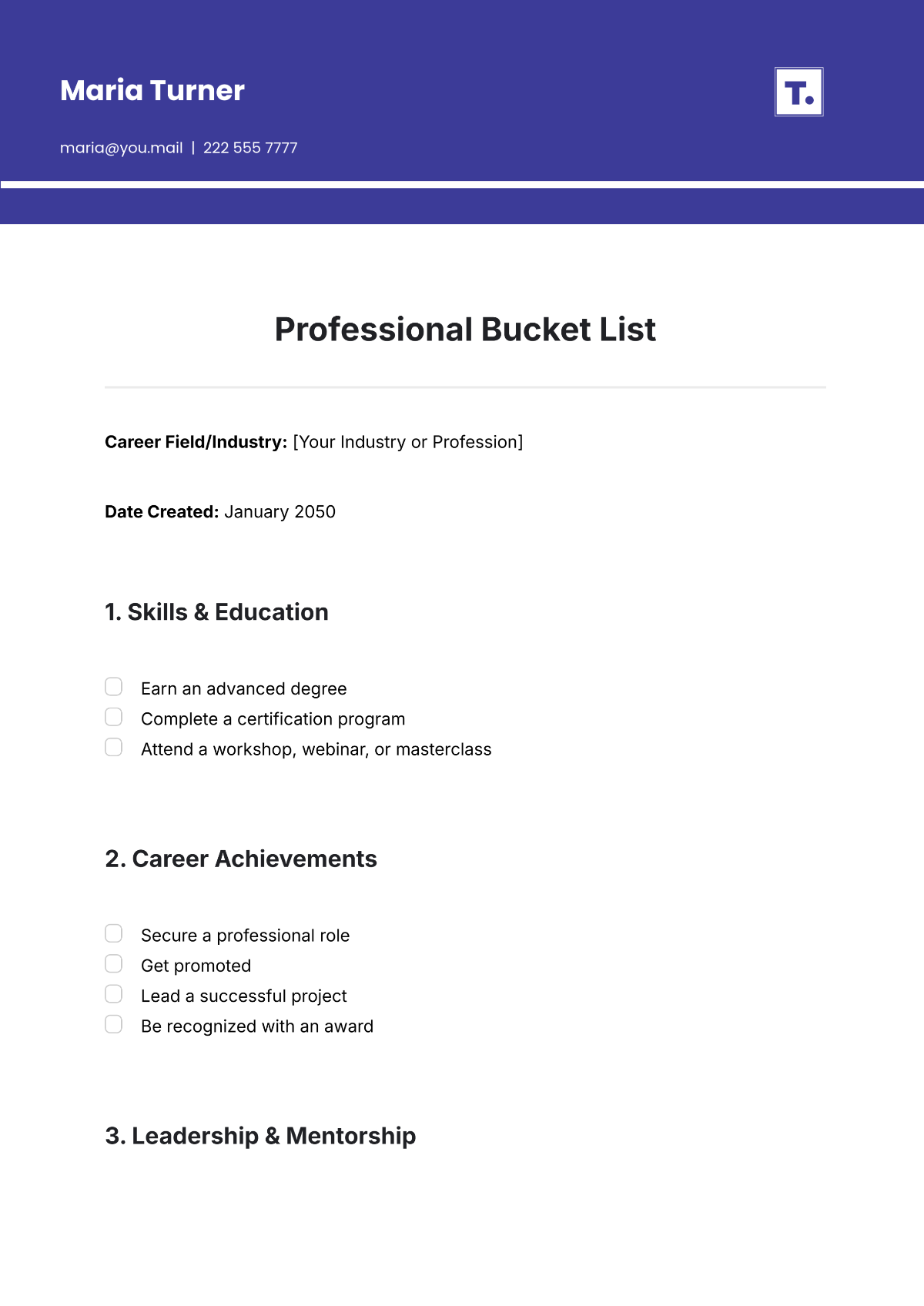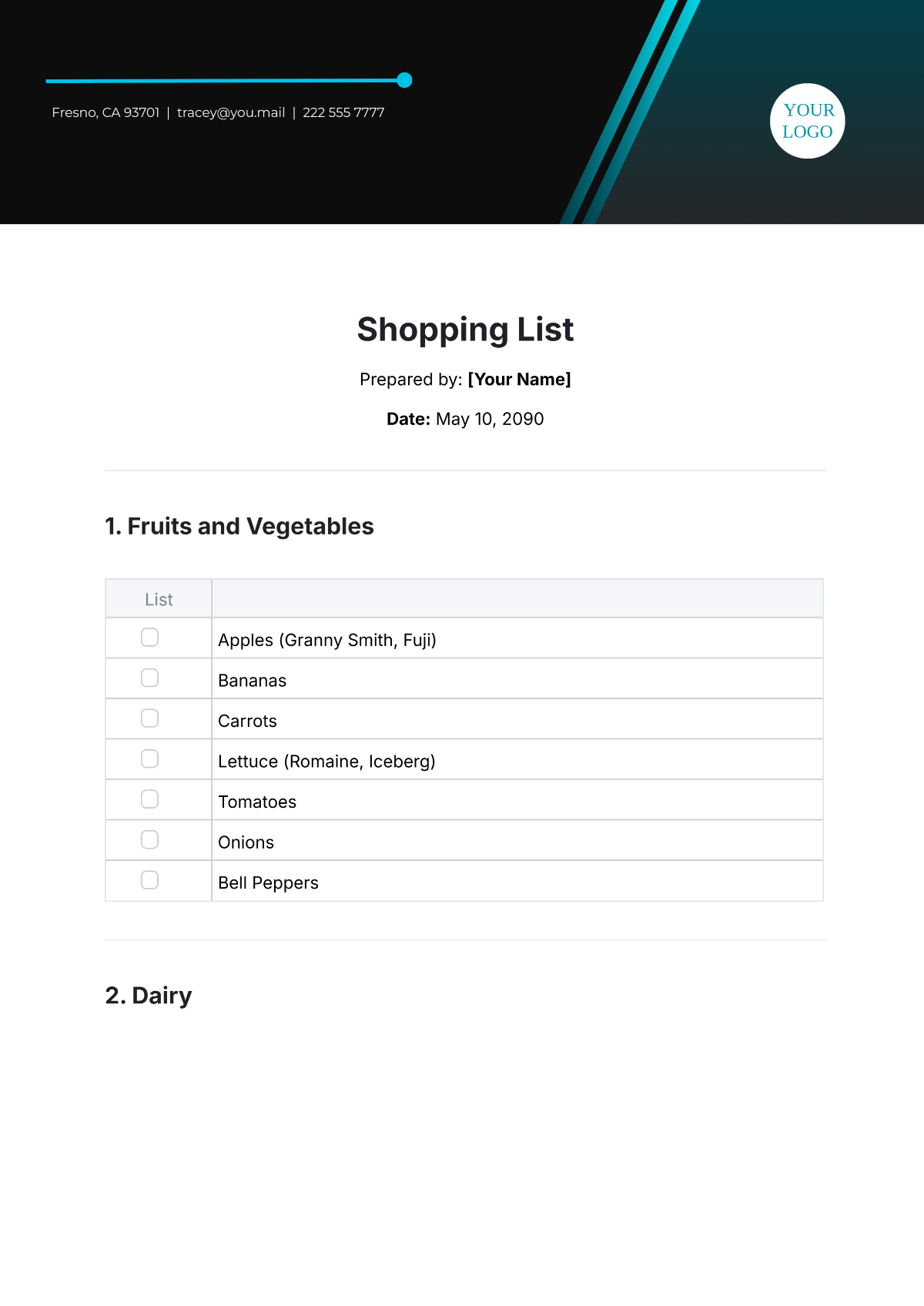Realist Systematic Review
Title: A Comprehensive Guide for In-Depth Analysis
Introduction
The Realist Systematic Review is a meticulously crafted guide designed to support researchers in conducting comprehensive realist systematic reviews. Realist reviews are crucial for deciphering the complexities of how interventions work within specific contexts and for uncovering the reasons behind varied outcomes. This guide provides a structured approach to systematically extract and interpret insights from diverse and complex data sets, enhancing the overall understanding of intervention mechanisms and their effectiveness.
Purpose and Scope
This guide aims to provide a robust framework for researchers undertaking realist systematic reviews. The guide focuses on:
Contextual Understanding: Examining the specific environments or settings in which interventions are implemented, such as healthcare systems, educational settings, or community programs.
Mechanistic Analysis: Investigating the underlying processes and mechanisms through which interventions produce their effects, including individual, organizational, or systemic factors.
Outcome Evaluation: Assessing the outcomes of interventions in different contexts to understand variations in effectiveness, such as changes in patient health, student performance, or community engagement.
Synthesis of Insights: Integrating findings to generate actionable recommendations for policy-making, practice improvement, and future research directions.
Introduction and Background
This section emphasizes the importance of setting clear objectives for the review:
Defining the Research Question: Formulate a precise research question that addresses specific aspects of the intervention. For example, “How does a community-based obesity prevention program impact dietary behaviors among adolescents in urban areas?”
Clarifying Key Terms and Concepts: Define critical terms such as “intervention,” “context,” and “mechanism.” For instance, “intervention” could be a school-based health education program, “context” might refer to the socioeconomic background of the students, and “mechanism” could involve the influence of peer support.
Outlining the Significance: Discuss the potential impact of the review, such as informing policy decisions or improving practice. For example, the review could provide insights into effective strategies for reducing childhood obesity in underserved communities.
Context-Intervention-Mechanism-Outcome (CIMO) Framework
The CIMO framework is fundamental to realist reviews:
Context: Analyze settings like urban schools, rural clinics, or specific cultural environments. Detail how factors such as socioeconomic status, local policies, or community values might influence the intervention.
Intervention: Describe the intervention in detail. For example, a “school-based health promotion program” that includes dietary workshops, physical activity sessions, and parental involvement.
Mechanism: Explore underlying processes. For example, the intervention might work through mechanisms such as increased knowledge about healthy eating, improved self-efficacy among students, or enhanced support from parents.
Outcome: Evaluate outcomes such as reduced incidence of obesity, improved dietary habits, or increased physical activity levels. Consider both quantitative measures (e.g., BMI changes) and qualitative feedback (e.g., student satisfaction).
Search Strategy
Developing an effective search strategy involves:
Database and Source Selection: Identify relevant databases such as PubMed, ERIC, or PsycINFO. Include sources like grey literature, policy reports, and theses.
Creating Search Terms: Use specific and broad search terms. For example, combine “obesity prevention,” “adolescents,” “school-based programs,” and “urban settings” with Boolean operators.
Screening and Selection: Apply inclusion criteria such as peer-reviewed studies published within the last 10 years, focusing on interventions that target similar outcomes. Exclude irrelevant or low-quality studies.
Data Extraction and Appraisal
Accurate data extraction and appraisal are critical:
Data Extraction Form: Develop a standardized form to capture essential details such as study design, sample size, intervention components, outcomes, and context.
Quality and Relevance Appraisal: Use tools like the CASP (Critical Appraisal Skills Programme) checklists to evaluate study quality. Assess factors such as methodological rigor, data validity, and relevance to the research question.
Managing Inconsistencies and Biases: Address issues like reporting biases or methodological inconsistencies by triangulating data from multiple sources and applying sensitivity analyses.
Data Synthesis
Synthesizing data involves:
Thematic Analysis: Identify and analyze recurring themes. For example, themes might include “barriers to program implementation” or “effective strategies for engaging parents.”
Narrative Synthesis: Construct a narrative that integrates findings from different studies. For example, discuss how different contexts (urban vs. rural) influence the effectiveness of obesity prevention programs.
Realist Matrices: Use matrices to map relationships. For instance, create a matrix linking specific contexts (e.g., low-income schools) to mechanisms (e.g., peer support) and outcomes (e.g., improved dietary habits).
Reporting and Dissemination
Effectively communicating findings involves:
Writing the Report: Structure the report to include an introduction, methodology, results, discussion, and conclusions. Ensure clarity and coherence, using tables and figures to present data effectively.
Presenting to Stakeholders: Prepare presentations tailored to various audiences, such as policymakers, practitioners, or community organizations. Highlight actionable recommendations and implications.
Publishing Results: Submit findings to relevant academic journals and present at conferences. Consider creating summary reports or policy briefs for non-academic audiences.
Conclusion
The Realist Systematic Review guide is a crucial resource for researchers seeking to explore the complexities of interventions in varied contexts. By following the structured methodologies and detailed components outlined in this guide, researchers can gain a deeper understanding of how interventions function and achieve meaningful outcomes. This comprehensive approach not only enriches the academic discourse but also informs practical applications and guides future research endeavors.
